Four prong solitaire: –
This setting was initially founded in 1880’s by Charles Tiffany, and since then has engulfed into the most classical engagement ring setting until today. Basically the prongs are small wire formed from metal that inducts the diamond from four angles, giving the diamond entire surface to show itself and sparkle to ultimate potential. This setting is recommended for diamonds from 0.50 carats up to 0.90 carats, since smaller carats would weigh less and with the help of fewer prongs it will widen the smaller diamonds exposure to reveal itself bigger from far.
Pros: it requires less metal, and less weight enables reduction in cost of production. And provides the diamond griddle to show to naked eyes for prominently
Cons: due to less metal, there is more tendency of the center stone to fall and it is less secure than a 6 prong setting.
Effects in overall appearance: – The four prongs configuration would rather make the round diamond look a little square due to the pillar formation on each four corners and setting the round diamond exactly in center of the four pillars.
Six prong solitaire setting:
Six evenly light weight prongs are shouldered from the base of the ring to form a hexagonal shape. They are thinner than 4 prong to fit together equally into a six prong setting. In comparison with four prongs, the six prongs make the round diamond look more rounded shape when viewed from a little distant. Usually diamonds above one carat are recommended to use six
Prongs so that it holds the diamond with more firmness and strength than the four prong setting. Even if accidently any one prong is broken of gets knocked off the diamond would still remain intact inside a six prong setting as compared to in a four prong setting.
Pros:- The thinner and more number of prongs make the diamond more secure and also gives round shape appearance from little distant.
Cons:- not all shapes of diamond can use sing prong setting, for instance a princess cut or Asher & emerald cut diamond would need a four prong setting , due to the shape and proportion in which such diamonds are cut. The six prongs would not be ideal in such shapes due to lack of edges to hold on to it.
Due to 6 prongs covering a round shape diamond, it is likely that the griddle of the diamond may get hidden in most of the places, hence would become difficult to read the laser inscription pasted on the griddle for such diamonds.

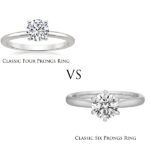
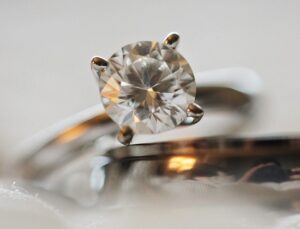
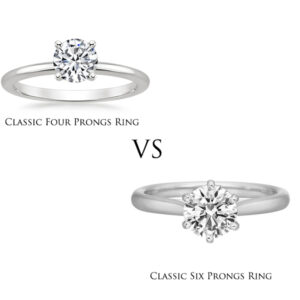

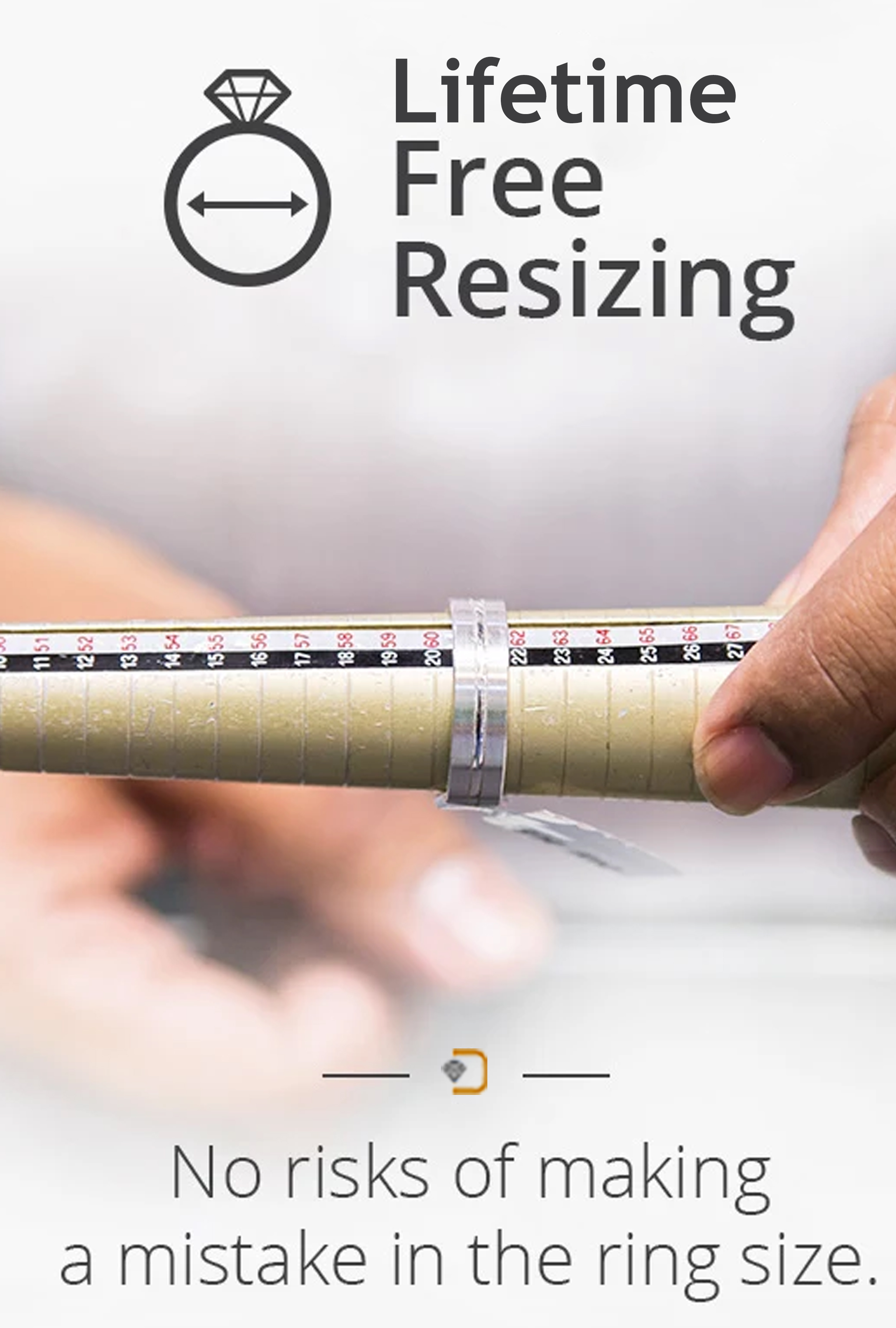
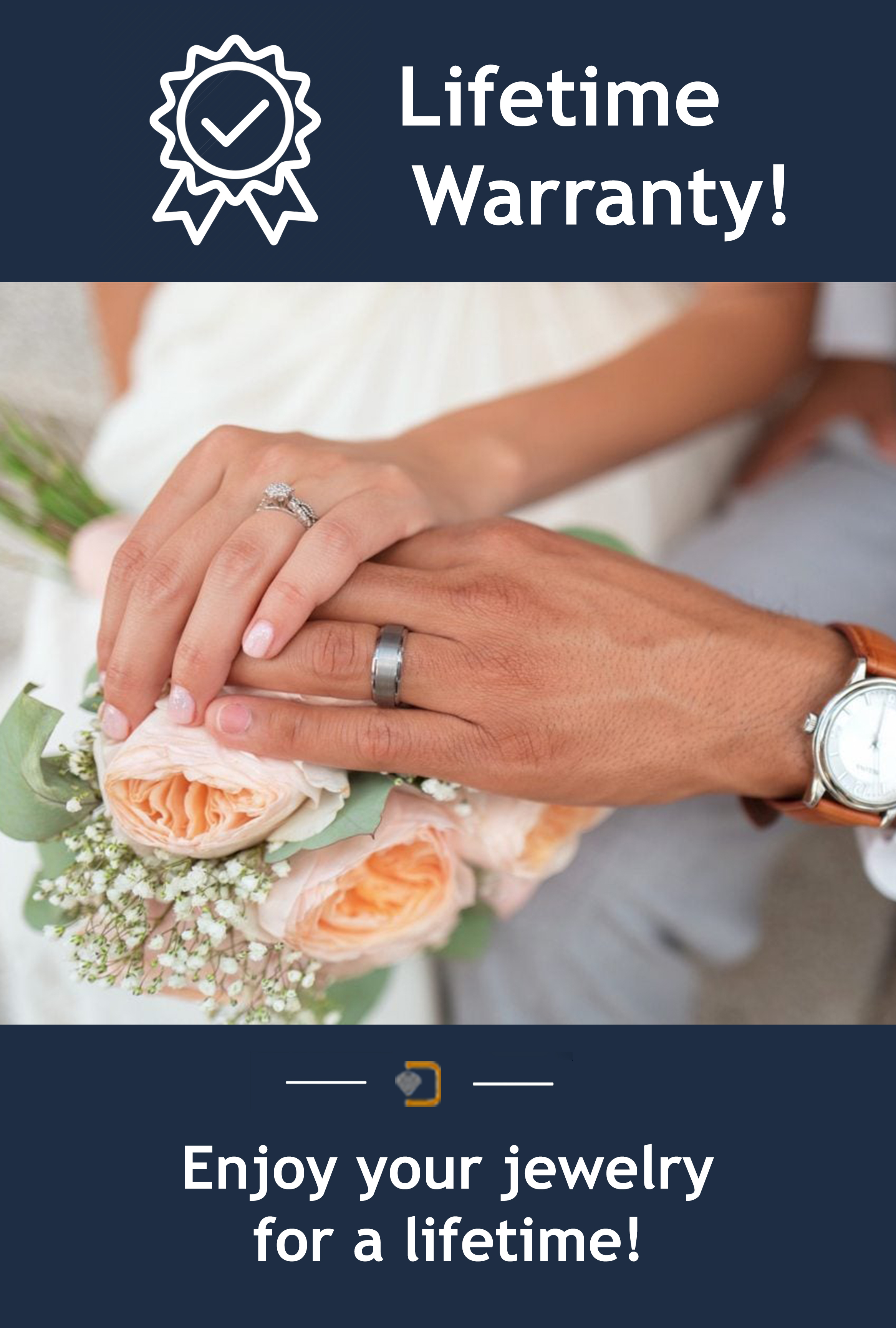

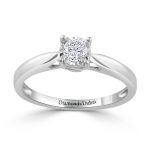

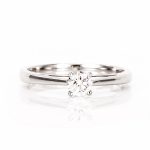
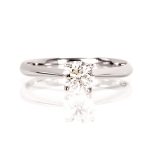
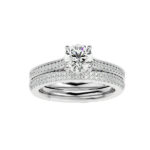
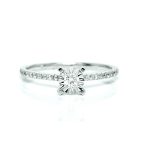
0 comment: